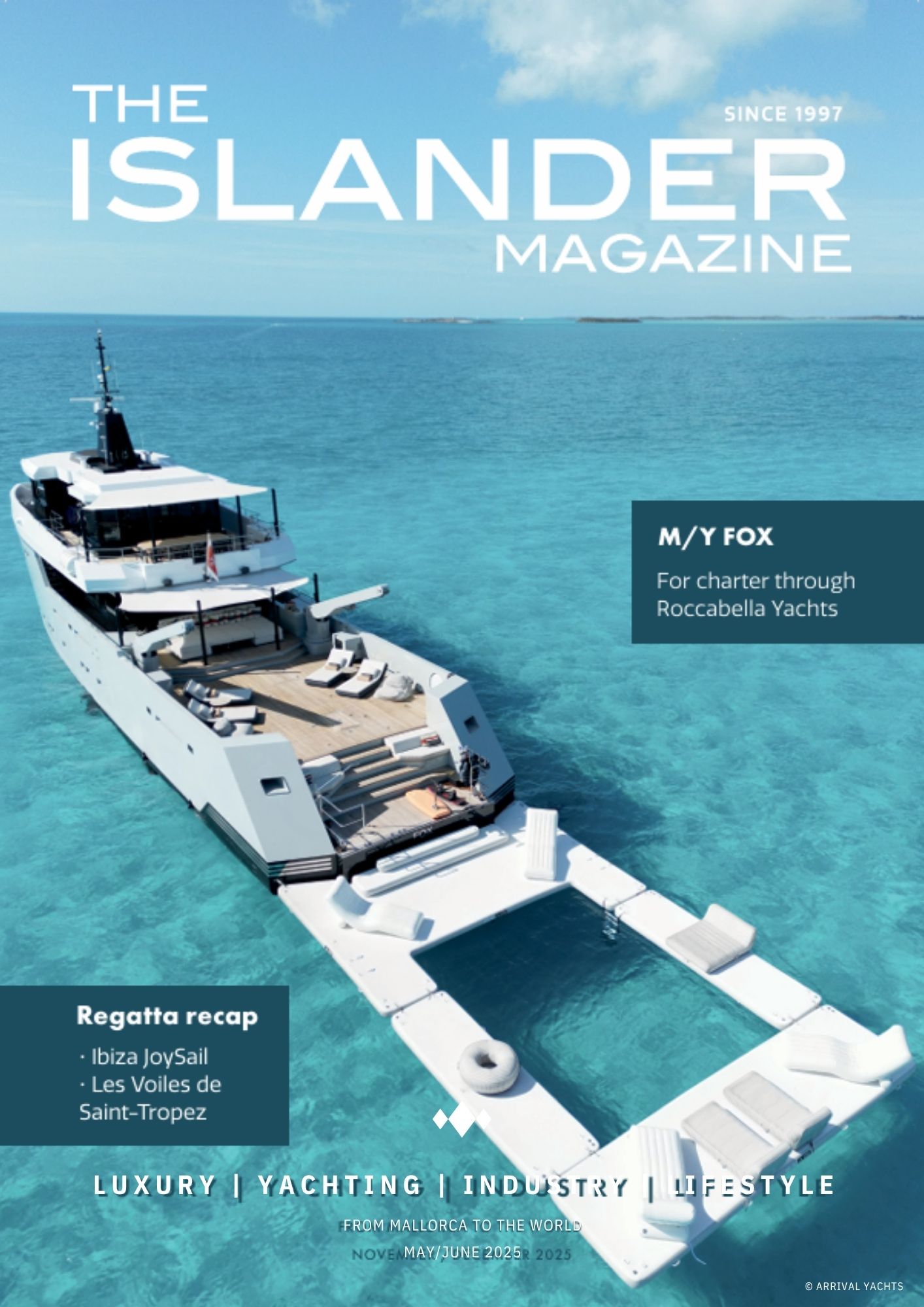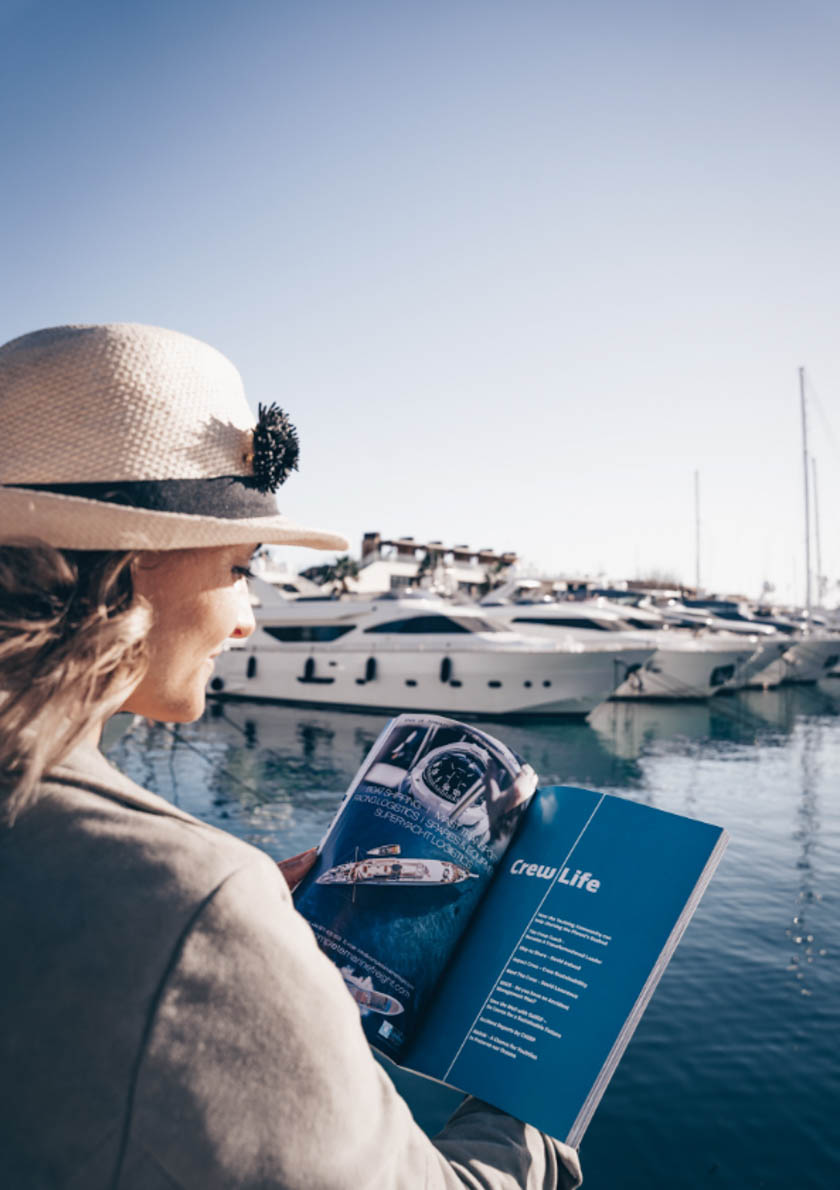
ICECAT seventytwo, which will also have a 62-foot sister, will be a 100% Made in Italy product. It will be entirely made by the expert craftmanship of the futuristic Ice Yachts Cremonese shipyard, specifically dedicated to the multihull line. The cat will then be launched in the basin of the Cremona port area from which will descend the great river, Po, to then reach Ravenna for the final fit of the mast.
YACHT FEATURES
Beautiful, Fast, Super smart and technological…
ICECAT seventytwo represent a great step forward in the multihull design with inspirations from the automotive world. The project was born from the successful collaboration between Ice Yachts and Micheletti+Partners design studio.
The hull has streamlined and slender lines, characterised by an almost minimal cleanliness and practical essentiality at the service of maximum performances. The goal is to obtain a catamaran capable of reaching over 30 knots of max speed.
The refined sportiness and ergonomics of each space on board allow you to enclose in a boat such excellent sailing characteristics, the comforts that a multihull of over 70 feet must have. The deck is very clean and essential to allow instruments and controls to be where they are needed, leaving plenty of space for guests and crew.
The cockpit is at the same level of the dinette to create a seamless connection between interiors and exteriors spaces, usable in any condition in maximum safety.
One of the distinctive elements that embodies the values of practicality and liveability on board is the bimini, extremely slender and supported by two very modern arched pillars.
The boat is high on the water with a lot of volume in the hulls and the powerful hulls are designed to minimize the risk of nose-diving.
Speaking of exterior design, the large glazing of the coachroof guarantee an extremely light interior and create a seamless link with the sea.
The internal layout out has two accesses per hull to ensure maximum privacy and flexibility with life on board. The portside hull consists of a crew area aft with a private entrance, where there is a spacious cabin with head. The crew cabin is directly connected to the very spacious galley in order to create a separate operating area. From the second entrance forward the VIP cabin can be accessed, featuring a very spacious space with double bed and dedicated head.
In the starboard hull, aft, there is the owner’s cabin with sleeping area, a very large and bright walk-in closet and a spacious head. Forward, always with separate entrance, there is the second guest cabin with bunk beds and head. The separation of the interior spaces has been designed to give guests a unique experience on board without compromising on comfort and functionality. ICECAT seventytwo
Speed under motor over 14 knots
Really fast under sail …here are the famous 30 knots
HOW IS IT BUILT?
The hull and the deck are completely built in sandwich composite materials. We use quadriaxial carbon fibres impregnated with epoxy resin using multistep vacuum infusion technique. The core of the sandwich is Corecell with different specific weights and thickness. We choose the multistep infusion technique (infusion of the external skin, vacuum bonding of the core, infusion of the internal skin) for the IceCats because it allows to have a perfect control of the final piece, with the higher percentage of impregnated resin. That means having a combination of light weight and best mechanical characteristics.
Local reinforcements are made with biaxial and unidirectional carbon fibres, and are optimized by fem analysis. Even longitudinal and transversal structures and bulkheads are entirely realized with infusion of sandwich materials. With inner core of PVC and external layers of carbon or carbon + e-glass fibres.
The join between the hull and the shrouds is made in composite and steel, same for the forestay chainplate on the bowsprit.
DIMENSIONS
+ LOA 22 m
+ BOA 9.8 m
MAST AND OTHERS
+ Full carbon bowsprit
+ Flush bow net trampoline
+ Carbon shrouds
+ Carbon mast with integrated lighting rod
+ Carbon boom
APPENDAGES
+ Low draft
+ Structural skeg
+ Electric lifting curved daggerboards (1,2 to 3 meters)
+ Twin rudders
SAILPLAN
+ Squaretop mainsail with electric traveller
+ Selftacking solent and staysail
+ Genoa for downwind
ICECAT seventytwo
HOW THE SEVENTYTWO WAS BORN?
When the seventytwo project started we worked on a breef that was inspired by our previous projects.
We wanted to create a new, functional and fast catamaran.
Naval architecture as a concept should not invent, but transform, organize the changes of what is already there, of what precedes.
In the multi-hulls, where the very large volumes of the dinette are compared with the narrower ones of the nearby cabins, the measures of the spaces can never be traced back to a codified abacus; instead, they are configured only in the relationship of reciprocity between the individual elements, creating different sets according to the volumes we have available.
We, as a studio, are extremely convinced that today it is correct to have the idea of continuously evolving design. Design must be modelled around its needs, and each project has different requirements and characteristics, finding expression in different contexts.
Here the “original and creative combinations of the individual elements” are nothing more than a solution born from the need to live the life of the boat in a unique way.
Treating the dinette in the loft, where reading and talking create different dimensions of sofas, where drawers and compartments embedded inside the sofas, hide glasses and refrigerated bottles, where the helm is not an art reserved to the captain, but wants to be a continuous relationship with the crew. It cannot and does not want to be a design concept but a concept of living.
The cut of the portholes or the glazing on the coachroof are not an aesthetic element, but a detailed study of the optical path of the owner inside the boat, sitting at the table or on the sofa or simply standing.
Our goal, as always with all our customers, was to bring the owner in the design process, to make him part. So to feel it as a journey with his passions, pains and enigmas.
We love to think of design as part of a wider context, expanding the scale, inserting it into a more spatial, larger vision, linking it to the world in which man lives.
I think that, perhaps more simply, that it takes people who have another point of view, people with transversal visions that suggest unexpected combinations and analogies and this is what we have done for our client, creating a customized product.
We must look for a design free of patterns by linking it to a wider vision, bringing it closer to man’s needs, adapting it to his contemporary life.
We have to unhinge the traditional concept that associates the boat with a sea lifestyle, now the customers have changed and we with them.
I love to think that the result depends on the quality of the relationships between the partners involved.
From their passion and willingness to grow together.
As Charles Simic said:
“Inside my empty bottle I was building a lighthouse, while everyone else was making ships.”
Lucio Micheletti













0 Comments